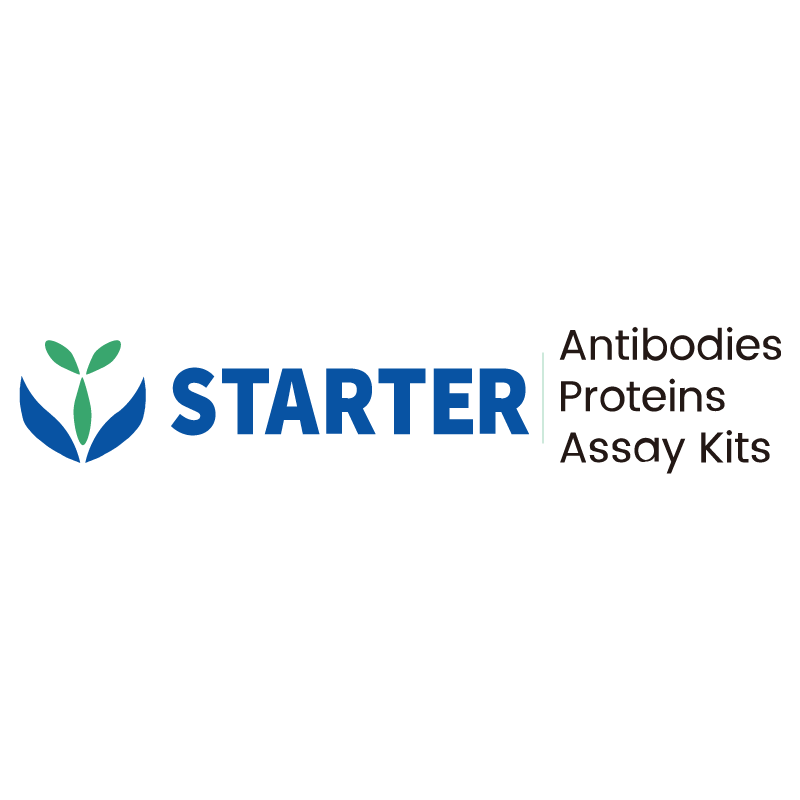Treated overnight with 3μg/ml Concanavalin A C57BL/6 mouse splenocytes (Right panel) or untreated (Left panel) was stained with Brilliant Violet 421™ Rat Anti-Mouse CD3 and SDT FITC Armenian hamster Anti-Mouse CD69 Antibody at 0.25 μg/test. Flow cytometry and data analysis were performed using BD FACSymphony™ A1 and FlowJo™ software.
Product Details
Product Details
Product Specification
| Host | Armenian hamster |
| Antigen | Mouse CD69 |
| Synonyms | Early activation antigen CD69 |
| Location | Cell membrane |
| Accession | P37217 |
| Clone Number | S-R555 |
| Antibody Type | Armenian hamster mAb |
| Isotype | IgG |
| Application | FCM |
| Reactivity | Ms |
| Purification | Protein G |
| Concentration | 0.05mg/ml |
| Conjugation | FITC |
| Physical Appearance | Liquid |
| Storage Buffer | PBS, 25% Glycerol, 1% BSA, 0.3% Proclin 300 |
| Stability & Storage | 12 months from date of receipt / reconstitution, 2 to 8 °C as supplied. |
Dilution
| application | dilution | species |
| FCM | 5 μl per million cells in 100μl volume | Ms |
Background
CD69 protein is a type II transmembrane glycoprotein belonging to the C-type lectin receptor family and a member of the NK cell signaling transduction gene complex family. It is the earliest surface antigen expressed after the activation of T lymphocytes and can serve as a co-stimulatory signal to promote further activation and proliferation of T cells. Additionally, CD69 is also induced to express on NK cells, B cells, macrophages, neutrophils, and eosinophils. When external stimuli disappear, the expression of CD69 on activated T cells rapidly decreases. Furthermore, the expression of CD69 protein is associated with various disease states. For instance, it is closely related to the occurrence and development of malignancies, and its expression level in patients with chronic lymphocytic leukemia is tightly linked to factors such as the number of peripheral blood lymphocytes and clinical staging, indicating its potential as a new prognostic indicator for this disease. CD69 is also considered a marker of activation for eosinophils and certain other cells, and its high-level expression may suggest the presence of immune system diseases, hematological disorders, such as rheumatoid arthritis, systemic lupus erythematosus, leukemia, lymphoma, and more.
Picture
Picture
FC


